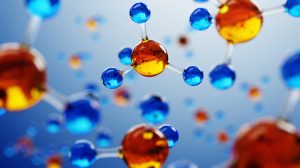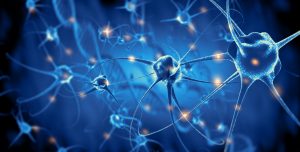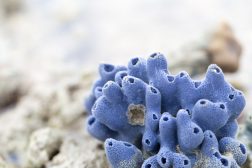A transferase that catalyzes the hydrolysis of ribonucleic acid.An enzyme that catalyses the depolymerization of RNA.ribonuclease
(Science: Biochemistry, Enzyme, Molecular biology) Widely distributed type of enzyme that cleaves rNA. May act as endonucleases or exonucleases depending upon the type of enzyme. Generally recognise target by tertiary structure rather than sequence.
Ribonuclease E is involved in the formation of 5S ribosomal RNA from pre rRNA.
Ribonuclease F is stimulated by interferons and cleaves viral and host rNA and thus inhibits protein synthesis.
Ribonuclease H specifically cleaves an rNA base paired to a complementary DNA strand.
Ribonuclease P is an endonuclease that generate t rNA from their precursor transcripts.
Ribonuclease T is an endonuclease that removes the terminal aMP from the 3′ cCA end of a nonaminoacylated tRNA. Ribonuclease T1 cleaves rNA specifically at guanosine residues. Ribonuclease TIII cleaves double stranded regions of RNA molecules.
Acronym: RNase
Dictionary > Ribonuclease
You will also like...

Genetics – Lesson Outline & Worksheets
Topics Modules Quizzes/Worksheets Description Introduction to Genetics Genetics – Definition: Heredity and ..

Chemical Composition of the Body
The body is comprised of different elements with hydrogen, oxygen, carbon, and nitrogen as the major four. This tutorial..

Fruits, Flowers, and Seeds
This tutorial deals with the structure and function of flowers, fruits, and seeds. Also included here are the types of f..

Abiotic Factors – Water Conditions
A still body of water may be disturbed by a variety of factors. One of them is wind. In fact, it is considered as the pr..

Neural Control Mechanisms
Neurons generate electric signals that they pass along to the other neurons or target tissues. In this tutorial, you wil..

Primitive Animals
Life, as we know it today, is presumed to have started in the sea and many of them were likely eukaryotic animal-like or..
